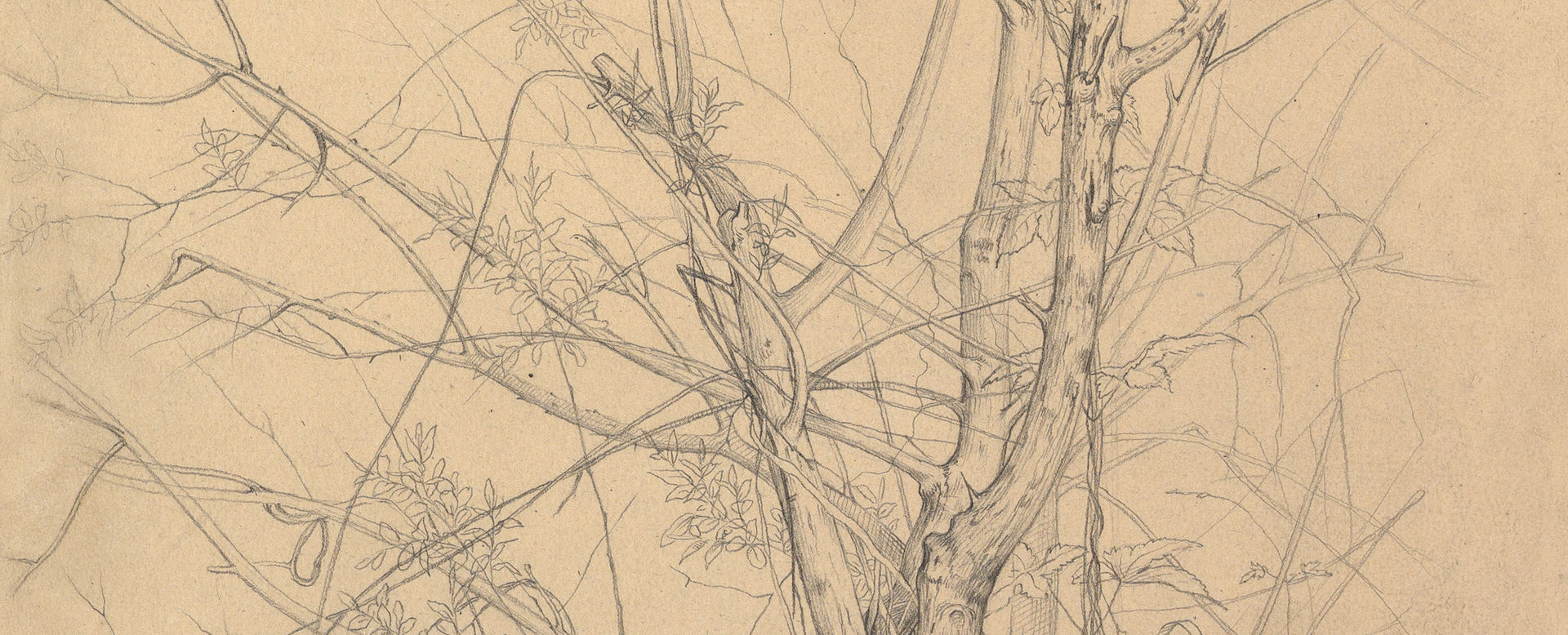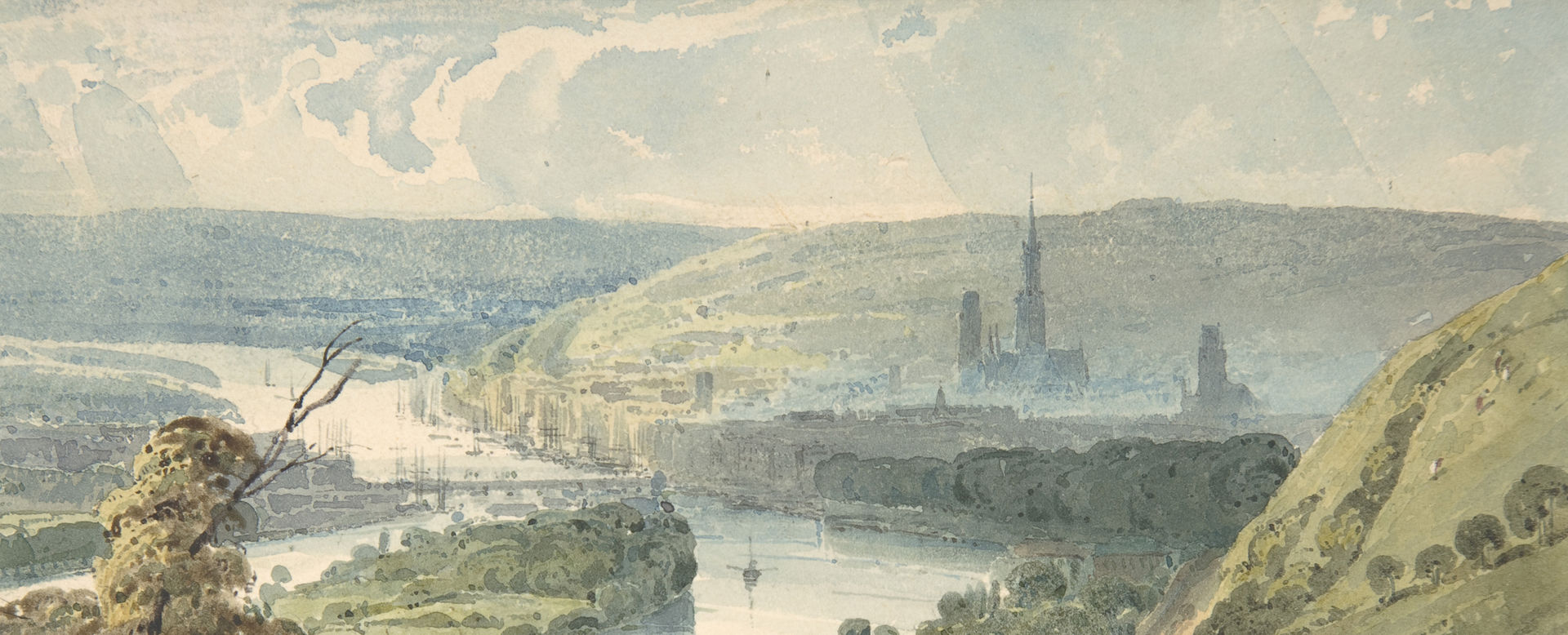Design for a Gold, Diamond (?) and Pearl (?) Brooch
Not on view
Drawing with a design for a gold, diamond (?) and pearl (?) brooch, part of a modern scrapbook with 38 sheets showing designs for jewelry with pearls, diamonds and other (semi-)precious stones all done in watercolor and heightened with gold, characteristic of the period between 1870 and 1930, which saw some of the most extravagant and innovative trends in jewelry design. By the second half of the nineteenth century, the naturalistic compositions of earlier decades had become more complex, and the colors in nature mimicked by the color of gemstones used for jewelry design. In the last years of the century, designs for jewelry had become even more elaborate and relied in the natural beauty of cabochon gems, curving, and figurative designs with symbolic meaning, typical of the Arts and Crafts movement. Towards the end of the nineteenth and through the first decades of the twentieth century, diamond jewelry was re-interpreted to create the new 'garland style', and the Art Nouveau movement created sinuous and organic pieces that moved away from conventional stones and put emphasis on the subtle effects of materials such as glass, horn and enamel. During the 1920s, the economic boom following the war saw an increased glamour in jewelry design, with sharp, geometric patterns that celebrated modernity and the machine age. Art Deco jewelry is characterized by dense concentrations of gemstones and the use of platinum in place of gold, with inspiration from all over the world, especially from the Near and Far East. Like most of the drawings in the album, this design is fully rendered with gouache, showing not only the styles for the jewelry designs, but also suggesting choices of precious metals, stones, and other materials to be used in the creation of the jewels. It is also possible that these designs are real-sized, allowing the customer to visualize the jewel fully from this presentation drawings before commissioning its manufacture.
This design for a brooch consists of a lozenge motif with a pearl flanked by four stylized leaves in the center, framed by cushion-cut stones, possibly diamonds, arranged successively to form a circumference. Eight pearls surround the circular motif, framed alternatingly by half-hexagon motifs. From the half-hexagon positioned at the bottom of the circular frame hangs a stylized rosette made up of a round stone in the center and stylized trefoil petals. Three thin festoons made with gold hang from the circular frame, and are decorated with pearls in the intersections. From these small pearls hang triangular motifs of gold, decorated at the bottom with a trefoil petal and a hanging pearl. A larger version of this motif hangs from the central festoon, right below the flower that hangs from the circular frame.
The design is unfinished, left without rendering for the most part. The festoons and hanging triangular motifs are rendered with yellow watercolor to simulate gold. Some traces of ink show the addition of a pearl and the suggestion of a cut stone in the center of the flower that hangs from the circular frame, although it is very likely that these have been added later and were not part of the original design.



